We use our hands all the time to point, wave and express our feelings. It has been a source of amusement that what is okay in some cultures can be an offensive gesture in another.
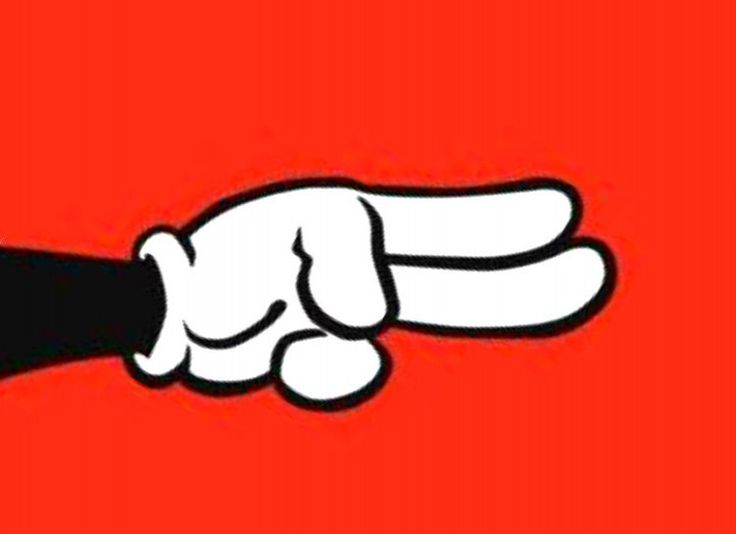
Source: Pinterest.
The first time I went to Disneyworld, one of my friends excitedly told me about the way Disney employees are trained to point. They are not allowed to point with one finger. One reason is that it is easier for kids to see when you pointing with two fingers and another is that in some cultures pointing with one finger is rude! She then proceeded to illustrate the point by asking multiple Disney employees for directions!
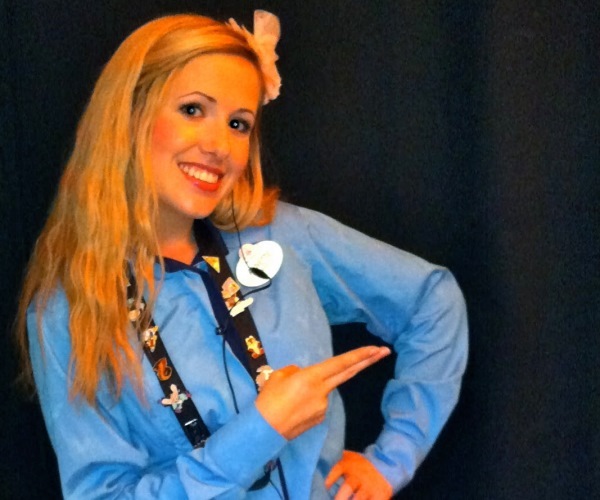
Source: http://linkbeef.com/
I must admit that I adopted this pointing motion and now only point this way. It works! In some countries beckoning someone with one finger says they are a dog. In some Arab countries and the Caribbean Islands, this is an insulting to another person’s mother, suggesting that she is a whore who has had five husbands.
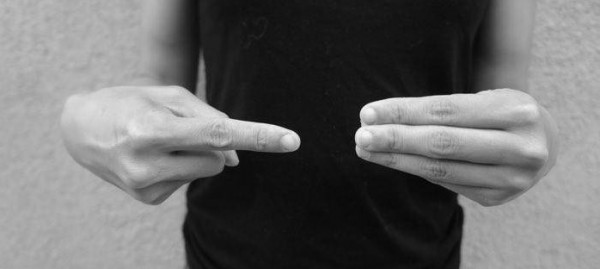
http://hrria.com/
In some Arab countries and the Caribbean Islands, this sign above, is insulting to another person’s mother, suggesting that she is a whore who has had five children to five men.
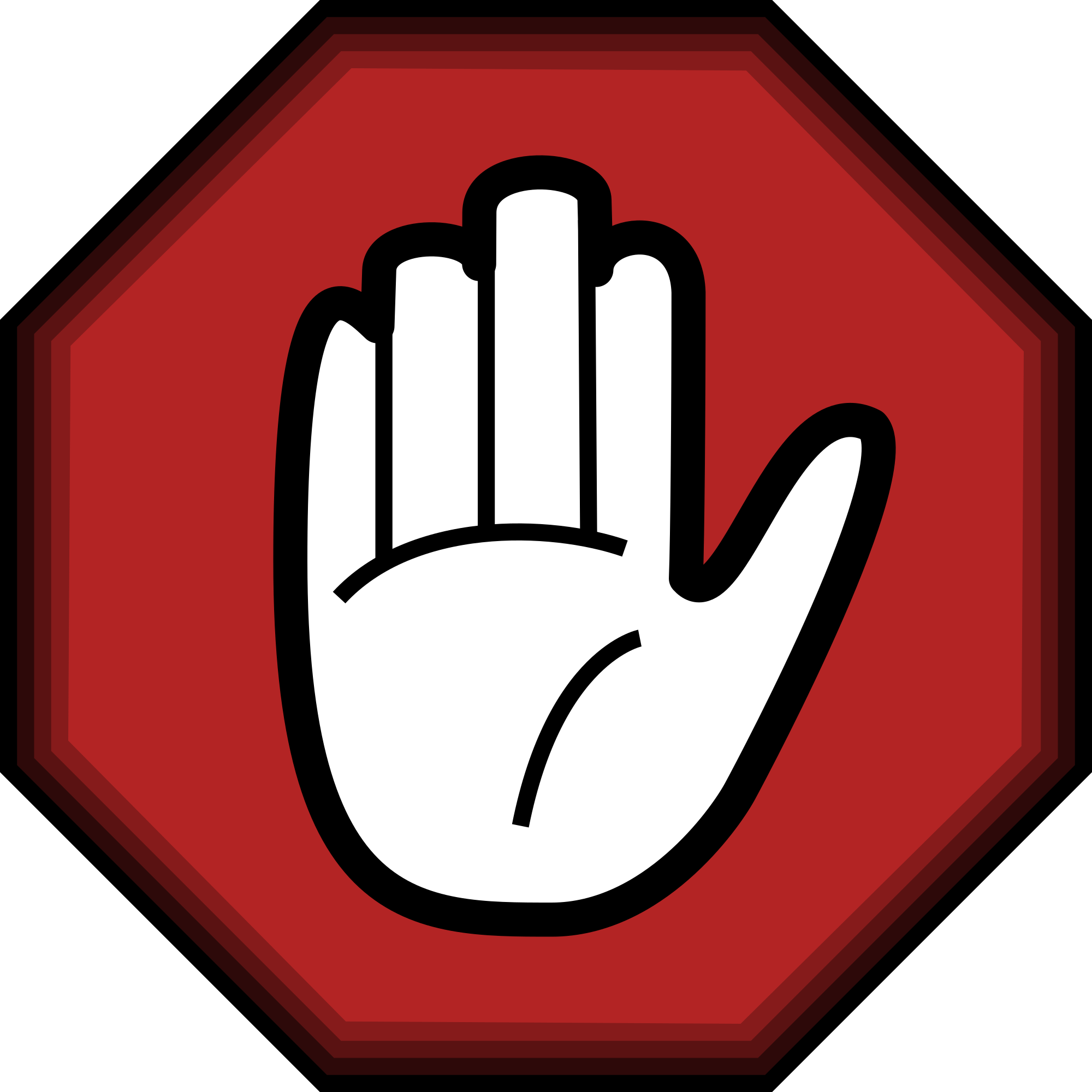
The gesture of extending their palm out, in most countries, means “Stop”. In Greece, Pakistan and some African countries it means “Go to Hell”.
This sign can be used to mean “Peace” or “Victory” although the Palm should be rotated around the other way. Here, being demonstrated by the former US President it is actually an offensive gesture in Australia and New Zealand and some parts of the UK. Unfortunately for the President, he actually did this action in Australia. Essentially his gaffe was saying here is my “Middle Finger” or F++k you Australia. I have had to quietly mention this gesture to a few visitors down under. One was a group of American Texan Christian Leaders who started a church service in Sydney, Australia with this sign. Thankfully, Australian Christians were very forgiving.
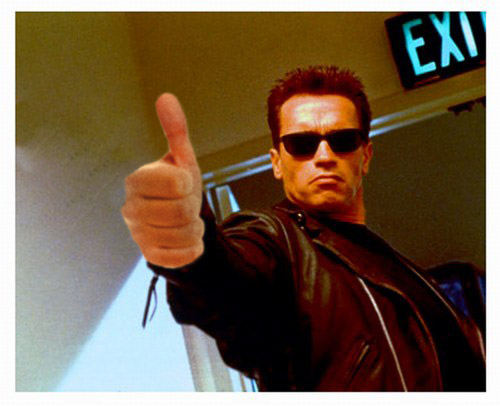
A thumbs up can mean you are showing approval or in Italy, Iraq, Iran, Greece, Russia, or West Africa, it means “Up Yours”

Crossing your fingers for luck is okay in large parts of the world. It can mean that you are also invoking God for help. It also is used to invalidate a statement- in other words, support a lie.In some countries, they hold thumbs for luck not fingers. In Vietnam, crossing fingers is a crude gesture for female genitalia. We now hold thumbs in my household.

The ‘ok’ symbol means mean money, change, or coins in Korea and Japan. In Australia, it means nothing or zero. In Hong Kong, it refers to “three”. In Russia, Brazil, Turkey, Tunisia and the Mediterranean is can be used to say a man is a homosexual.
In other parts of Central Europe, you are saying to someone else, you are nothing or worthless. In some Arab countries, the sign can represent evil eye. Confusingly, in some places, I have seen it used positively (i.e. you are okay) and negatively (i.e. you are worthless). Use with caution when travelling.
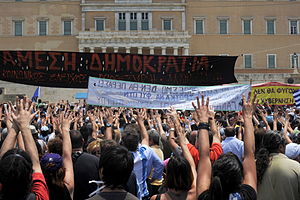
This crowd is saying “to hell with you” at a Greece demonstration with their hands open and fingers pointing outwardly. The same sign can mean “Hi” in Mexico or “That will be five dollars” in others or ” I Can’t stand you anymore” (Armenia), or “Talk to the hand” in others. ( “You’re wasting your breath” ). In Nigeria, it is an offensive gesture.
Finally try and avoid pointing or handing something to someone with your left hand. In many countries, it is very oiffensive. (Tricky for the left handers or ambidestrous people).
Have you ever deliberately or inadvertently used the wrong hand motion in the wrong place? How did you recover?
Related Posts
- Photos en route- showing respect
- 113 of my free Travel Tips!
- Make Your Travel Better in 2017- My Seven key tips
- Five Charities for a better world
- Pack Good Attitude


Also in Thailand and Cambodia, we were told that Aussie way of motioning someone to come here (like a single index-finger point, but hand out, palm up, curling the finger towards the palm) was very rude.
Instead, one should extend the hand palm down, and curl all 4 fingers in towards the palm (almost like scraping crumbs off a table).
It’s very difficult to describe gestures!